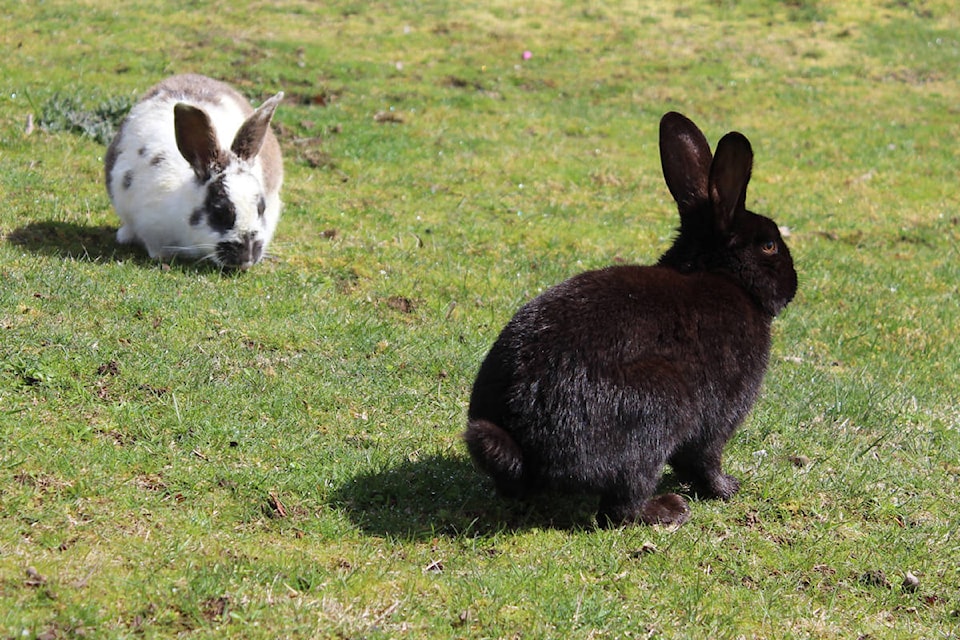By now, most everyone has heard about the outbreak of rabbit hemorrhagic disease in B.C.
If you haven’t, RHD is a highly contagious, and fatal disease that affects rabbits. Unless vaccinated, it is almost 100 per cent fatal.
Vaccines are hard to access, and the rabbit will die within 24 hours of onset, and the final cause of death is massive bleeding and hemorrhages in multiple organs.
It’s a quick, but horrific death.
The disease first reared its ugly head in the Victoria area, where abandoned pet bunnies breed indiscriminately. With few predators, and too many irresponsible owners, the rabbit population has become a hot topic yet again.
In 2010, the University of Victoria initiated a cull of the rabbits who had been abandoned on its property.
According to the university, the rabbits had become pests, and were destroying the land. Needless to say, this action was met with harsh opposition from animal welfare groups, and many citizens.
In 2016, the Helmcken Road interchange in Victoria became an issue. Hundreds of bunnies were living on the median and their presence was becoming a safety issue.
Volunteers worked frantically to catch, spay and neuter, and re-home the rabbits. Unfortunately, as quickly as they worked, the irresponsible dumpers seemed to work overtime.
The province once again brought up culling them, and animal lovers once again pushed back.
At the beginning of 2018, RHD appeared in the area.
Ironically, the RHD virus has been used successfully in Australia to control the rabbit population. It is used by authorized individuals to cull areas where the rabbit population has grown too large.
Sadly, the situation on the interchange could have been dealt with back in 2016, when volunteers managed to catch all the bunnies, if only new ones had not been abandoned. Now the virus has done what the province was considering doing, but in a far less humane way.
The disease has now shown up in the Lower Mainland. Vets are scrambling to order the vaccine and responsible bunny owners are frantically trying to keep their animals safe.
Regrettably, negligent rabbit owners are not restricted to the island.
The Regional Animal Protection Society was forced to euthanize 66 rabbits in its care. For a no-kill shelter, this must have been a daunting task.
While so many wonderful people are fighting day and night to keep rabbits safe, and stop this outbreak from spreading, those who actually created this disaster will never be held accountable.
Like rabbits, far too many people view cats as disposable. A couple of dumped, unfixed, cats will soon become a small colony, which eventually will turn into a large colony. Somewhere along the line, the cats become troublesome, and the humans who live near them start to see them as pests.
At some point someone will contact a rescue and instruct them to get the cats out of the area or they will shoot, poison, or trap and drown them. Those are the lucky cats.
The unlucky ones live in a neighbourhood where no call is made.
There are people who make the mess and there are people who clean up after them. It can be frustrating and time consuming for the cleaners, but it’s the animals who pay the ultimate price.
Magdalena Romanow is a volunteer at
Katie’s Place,
an animal shelter
in Maple Ridge.
